“These insoles changed everything. No more sore knees, and my post-run recovery is so much faster." -Paul A.










“I’m training for a half marathon, and these insoles have saved my feet. No more burning arches or tight calves.” - Jeremy T.
Shop Now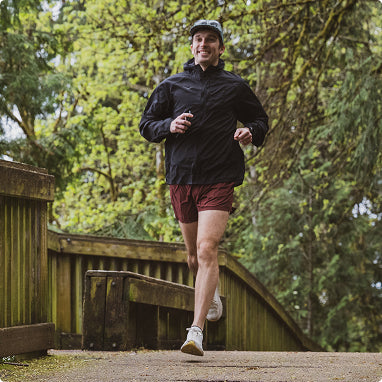
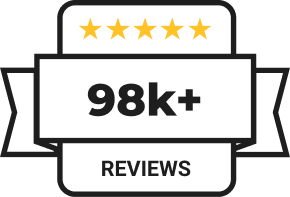
“I’m training for a half marathon, and these insoles have saved my feet. No more burning arches or tight calves.” — Jeremy T.

Protalus’s patented alignment technology corrects both pronation and supination. The deep heel cup supports a neutral alignment of the heel and ankle. No other prefabricated insoles on the market can replicate the targeted control of Protalus insoles.










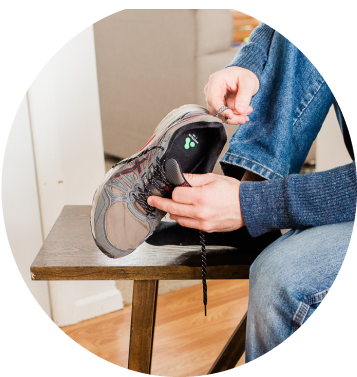

“These insoles changed everything. No more sore knees, and my post-run recovery is so much faster." -Paul A.
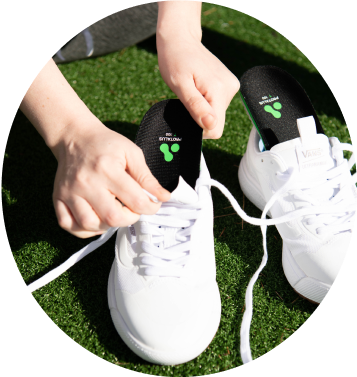

“I used to get foot pain around mile 3. I bought a pair of T100s and tried them out a few weeks ago. I’m running 5+ miles now and no pain.” -Laura K.
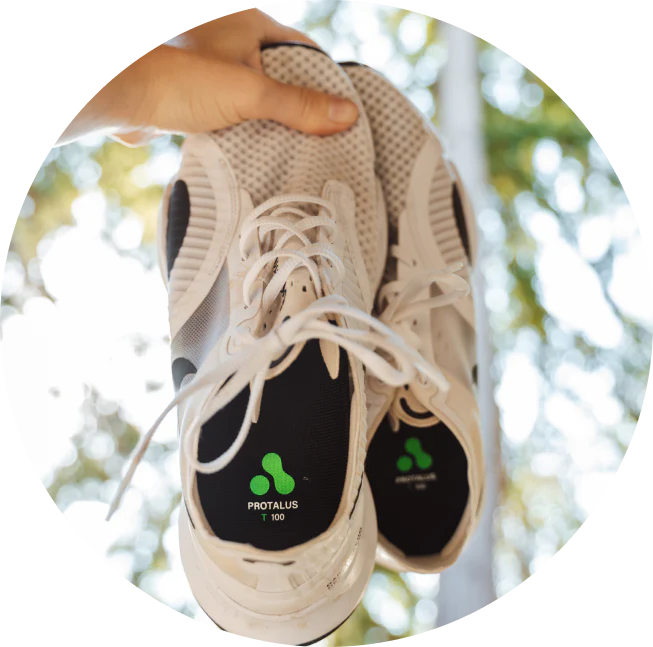

“After dealing with plantar fasciitis, I didn’t think I’d enjoy running again. I’ll never stop buying the T-100 insoles. I got my life back! ” -Mae L.

“Heel pain can be caused by a number of conditions including neuritis, bursitis, plantar fasciitis, tendonitis, heel spurs, and so on. Protalus insoles are the only insoles on the market that I have found to completely address the entire spectrum of factors that contribute to heel pain.” Nicholas Romansky, D.P.M.
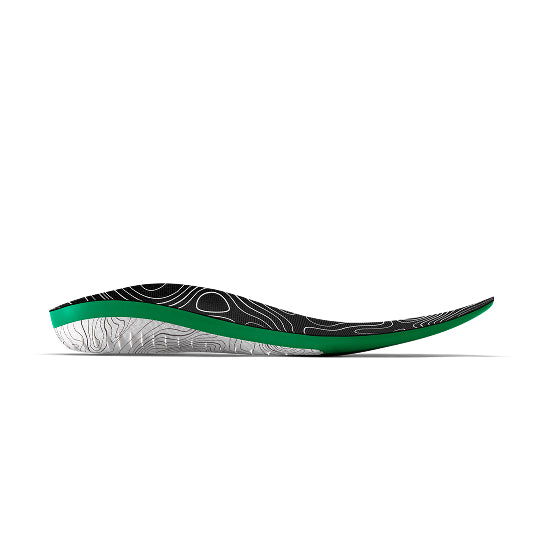
Protalus insoles support proper alignment and absorb shock, so your body feels better mile after mile.
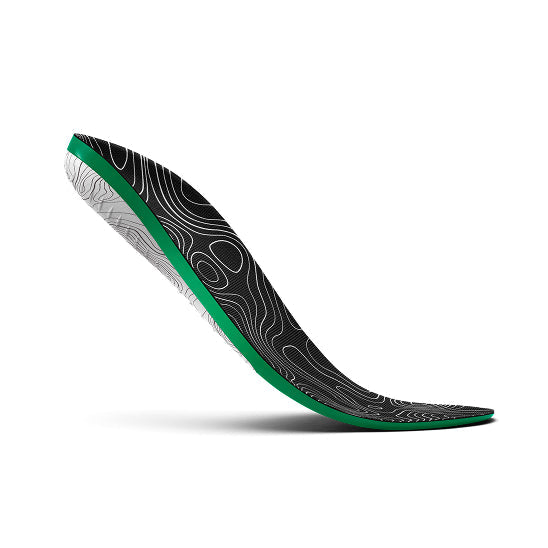
The deep heel cup of Protalus insoles keeps your ankle within a safe range of motion, stopping excessive movements.
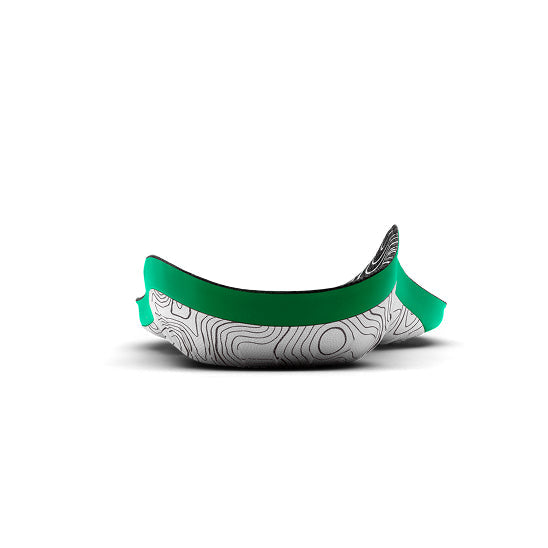
With optimized alignment, you will rely less on your muscles for pressure distribution, cutting down on muscle fatigue.
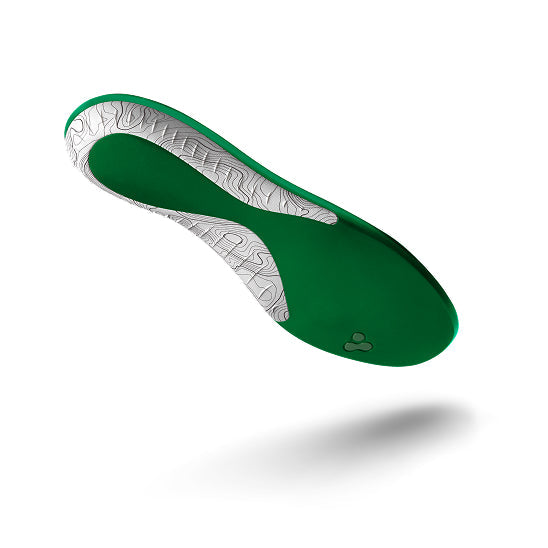
Protalus insoles last up to one year, making them an excellent investment for daily comfort on and off the track.